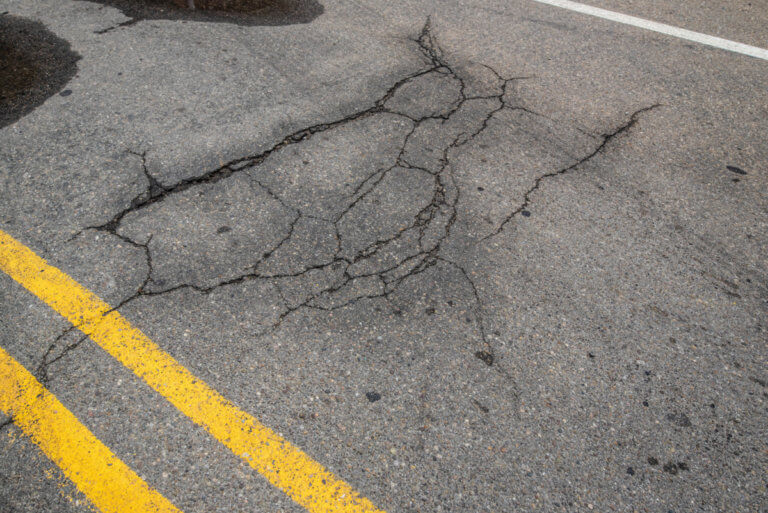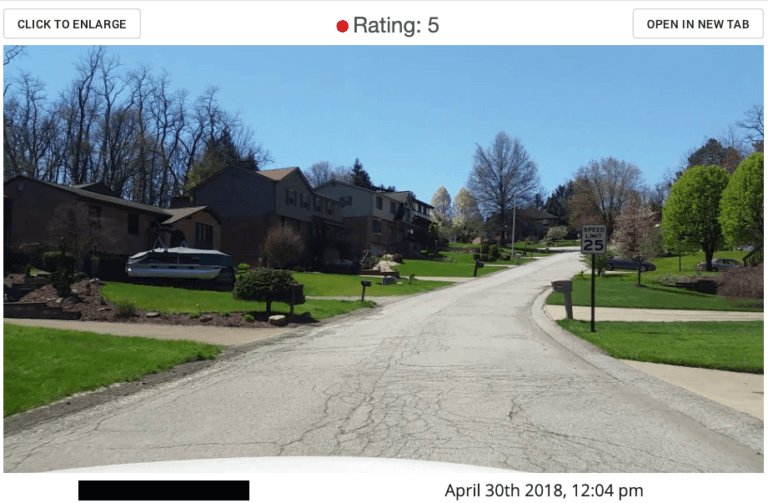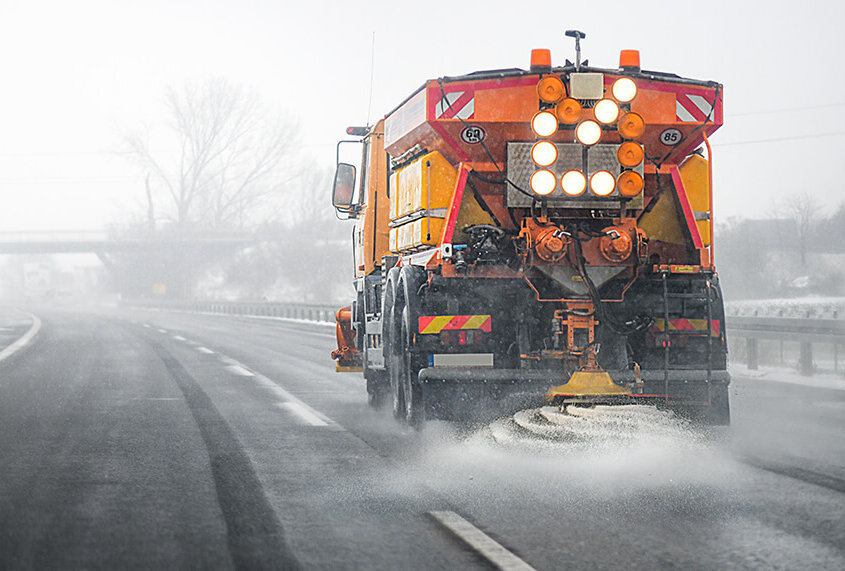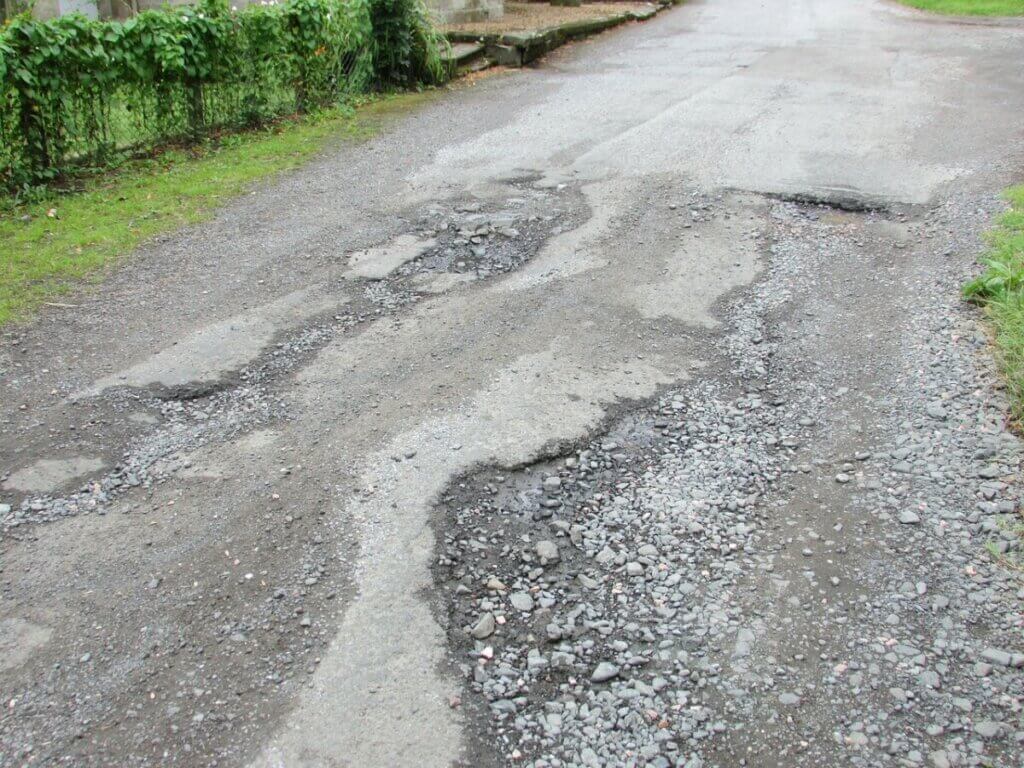It can be hard to distinguish between the many road distresses unless you’re an engineer or construction specialist. Our series, Distress Call, will help you identify between the various classes of distresses. Today, we’re talking about alligator cracking.
What's the Big Deal?
Well, alligator cracks are more serious than they sound, especially if ignored. These interconnected cracks, often referred to as crocodile or spider cracking, commonly occur on asphalt pavements. This form of surface damage usually indicates some structural failure. Alligator cracks can occur due to several reasons:
- The traffic load exceeds the design threshold
- Poor base/sub-base (i.e. inadequate compaction)
- Poor drainage
- Stripping (i.e., the loss of adhesion between the asphalt and the base layer makes it susceptible to moisture)
- Raveling – This leads to moisture entering through the pavement surface.
Identify and then Fix
As the severity increases, the damage will extend across the width of the pavement. Severe alligator cracking will form a well-developed pattern; street edges will splinter into pieces, and some may even have missing chunks of pavement.
Severe alligator cracking can also occur locally (small regions) due to weak subsurfaces. This usually looks like the pattern of a spider web or a shattered glass window. Since the problem is localized, you might think that repairing it is not a high priority issue. Be careful.


For roads with continuous heavy truck traffic, experts recommend reconstructing the road entirely. Signs of alligator cracks, especially in highly concentrated areas, imply that there is a deeper problem happening below the asphalt. A simple crack sealing will not be enough, which is why reconstructing the entire pavement is suggested. It might seem tedious, but strengthening the base will prevent premature failure.
Nip the Alligator in the Bud
Be mindful of the signs. Longitudinal, or parallel, cracks are a precursor to alligator cracks. Seal those cracks as soon as possible to prevent moisture from entering the pavement. If delayed, the alligator patterns begin to emerge. At this point, it is already too late, and maintenance costs will drastically increase.
Lesson of the day: don’t overlook preventative maintenance. In the end, it will save you time and taxpayer money. I think that’s something we all want.
Sources
Article adapted from Everything Roads. Original title ‘Know Thy Enemy’ written by RoadBotics current Director of Product and CX, Nikhil Ranga.







